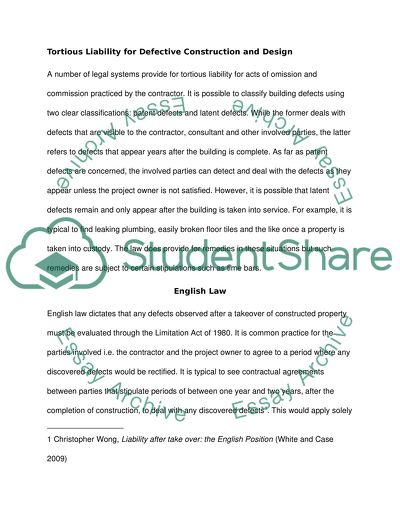Cite this document
(“Liability for defective construction and design Essay”, n.d.)
Liability for defective construction and design Essay. Retrieved from https://studentshare.org/law/1480075-liability-for-defective-construction-and-design
Liability for defective construction and design Essay. Retrieved from https://studentshare.org/law/1480075-liability-for-defective-construction-and-design
(Liability for Defective Construction and Design Essay)
Liability for Defective Construction and Design Essay. https://studentshare.org/law/1480075-liability-for-defective-construction-and-design.
Liability for Defective Construction and Design Essay. https://studentshare.org/law/1480075-liability-for-defective-construction-and-design.
“Liability for Defective Construction and Design Essay”, n.d. https://studentshare.org/law/1480075-liability-for-defective-construction-and-design.


